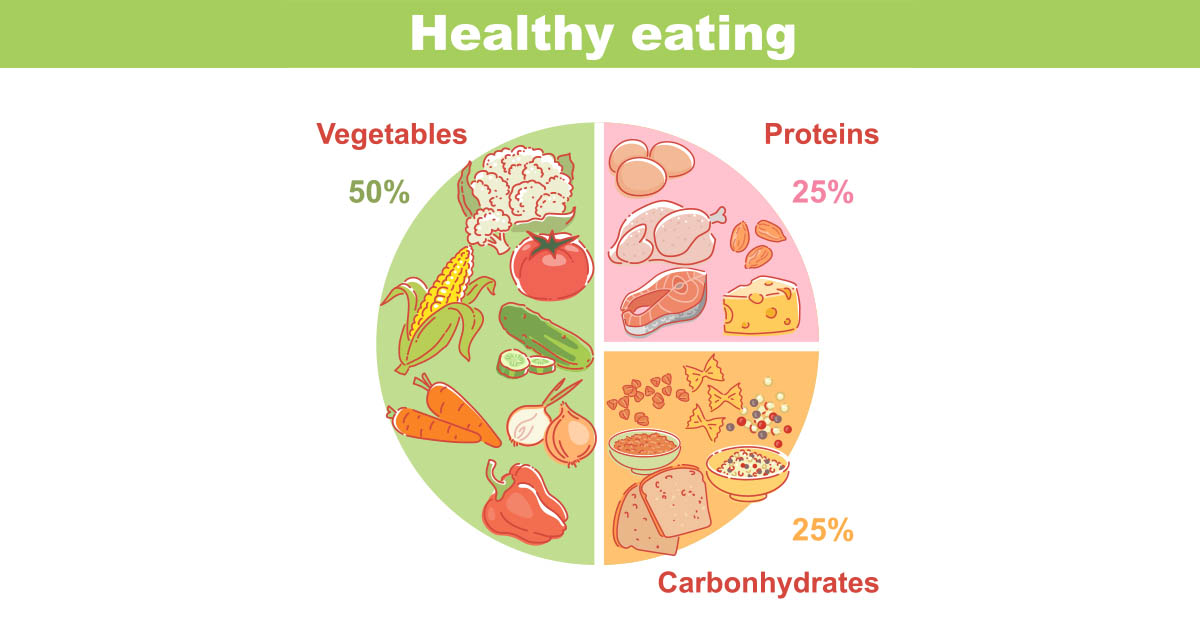
How to Eliminate Diabetes Confusion With This Easy Plan
The world of diabetes can feel like navigating a labyrinth. Misinformation abounds, conflicting advice swirls, and the sheer volume of information can be overwhelming. But understanding and managing diabetes doesn’t have to be a source of constant confusion. This article provides a clear, concise plan to help you eliminate diabetes confusion and take control of your health. We’ll break down the complexities, offer practical steps, and empower you to make informed decisions about your well-being.
The central problem is clear: diabetes, in its various forms, is a global health crisis. Millions worldwide grapple with its challenges daily. The good news? Diabetes is often manageable, and its progression can be significantly slowed or even reversed with the right approach. The key is to move beyond the confusion and embrace a practical, sustainable plan. This plan focuses on what is known to be effective and evidence-based, and avoids the pitfalls of fad diets or unproven remedies.
Understanding the Basics of Diabetes
Before diving into the plan, it’s crucial to grasp the fundamental concepts of diabetes. Simply put, diabetes is a metabolic disorder where the body either doesn’t produce enough insulin or can’t effectively use the insulin it produces. Insulin, a hormone produced by the pancreas, is essential for allowing glucose (sugar) from food to enter cells and be used for energy. When this process goes awry, glucose builds up in the bloodstream, leading to a cascade of health problems.
There are several types of diabetes:
- Type 1 Diabetes: An autoimmune disease where the body attacks and destroys the insulin-producing cells in the pancreas. This typically develops in childhood or adolescence, but can occur at any age.
- Type 2 Diabetes: The most common form, often associated with lifestyle factors like obesity, lack of physical activity, and poor diet. In Type 2 diabetes, the body becomes resistant to insulin, and the pancreas may gradually lose its ability to produce enough insulin.
- Gestational Diabetes: Develops during pregnancy and usually resolves after childbirth. However, women with gestational diabetes are at increased risk of developing Type 2 diabetes later in life.
- Prediabetes: A condition where blood sugar levels are higher than normal but not yet high enough to be diagnosed as Type 2 diabetes. Prediabetes is a critical opportunity to prevent or delay the onset of full-blown diabetes.
The Easy Plan: A Step-by-Step Guide
This plan is designed to be straightforward and adaptable to your individual needs. Consult with your healthcare provider before making significant changes to your diet or exercise routine. This plan is not a substitute for professional medical advice.
Step One: Education and Awareness
The first step to eliminating diabetes confusion is to educate yourself. There is a wealth of reliable information available. Your doctor and certified diabetes educator are excellent resources. Consider joining support groups, both online and in person, to connect with others who understand the challenges of living with diabetes. Learn the basics of carbohydrate counting, understand the impact of different foods on your blood sugar, and familiarize yourself with the symptoms of high and low blood sugar. Knowledge is power.
Step Two: Diet and Nutrition
Diet is a cornerstone of diabetes management. The goal isn’t necessarily to eliminate all carbohydrates, but rather to focus on nutrient-dense, whole foods. Here’s a breakdown:
- Focus on Fiber: Fiber slows down the absorption of sugar, helping to regulate blood sugar levels. Include plenty of non-starchy vegetables (leafy greens, broccoli, etc.), fruits (in moderation), and whole grains (choose those with a low glycemic index).
- Control Carbohydrate Intake: Learn to count carbohydrates and understand how they affect your blood sugar. Work with a diabetes educator to determine the appropriate amount of carbohydrates for your individual needs.
- Choose Healthy Fats: Include sources of healthy fats like avocados, nuts, seeds, and olive oil in your diet. Limit saturated and trans fats.
- Limit Processed Foods and Sugary Drinks: These foods are often high in sugar, unhealthy fats, and empty calories. Read food labels carefully and avoid products with added sugars.
- Portion Control: Even healthy foods can contribute to weight gain if eaten in excess. Pay attention to portion sizes.
Step Three: Physical Activity
Regular physical activity is crucial for managing diabetes. Exercise helps improve insulin sensitivity, lowers blood sugar levels, and promotes overall health. Aim for at least 150 minutes of moderate-intensity aerobic exercise per week (e.g., brisk walking, cycling) and incorporate strength training exercises at least two days a week. Choose activities you enjoy, making exercise a sustainable part of your routine. Consult your doctor before starting any new exercise program.
Step Four: Medication (If Prescribed)
If your healthcare provider has prescribed medication, it’s essential to take it as directed. Understand the purpose of your medication, how to take it correctly, and potential side effects. Never adjust your medication dosage without consulting your doctor. If you experience any adverse effects, report them to your healthcare provider immediately. Your doctor may prescribe various medications to help manage your diabetes, including insulin, metformin, or other oral medications.
Step Five: Blood Sugar Monitoring
Regular blood sugar monitoring is a critical tool for managing diabetes. It allows you to see how your diet, exercise, and medication are affecting your blood sugar levels. Your doctor will advise you on how often to test and what your target blood sugar ranges should be. Keep a log of your blood sugar readings and share it with your healthcare provider at your appointments. This information will help you and your doctor make informed decisions about your treatment plan. This monitoring is key to eliminating diabetes confusion.
Step Six: Regular Check-ups and Healthcare
Attend all scheduled appointments with your healthcare provider, including your primary care physician, endocrinologist, diabetes educator, and other specialists as needed. Regular check-ups allow your doctor to monitor your overall health, identify any complications early, and make adjustments to your treatment plan as needed. This includes regular eye exams, foot exams, and blood tests to check for kidney and heart health. These are all important steps in eliminating diabetes confusion.
Addressing Common Concerns and Misconceptions
Many misconceptions surround diabetes. Let’s address some of the most common ones:
- Myth: People with diabetes can’t eat any sugar. Fact: While it’s important to limit added sugars, small amounts of sugar can be included in a balanced diet. The key is to focus on overall carbohydrate intake and choose nutrient-rich foods.
- Myth: Diabetes is caused by eating too much sugar. Fact: While a diet high in sugar can contribute to weight gain and increase the risk of Type 2 diabetes, the causes are complex and involve genetics, lifestyle, and other factors.
- Myth: Insulin is a sign of failure. Fact: Insulin is a life-saving medication for people with Type 1 diabetes and sometimes necessary for those with Type 2 diabetes. It’s a tool to help manage blood sugar, not a sign of failure.
- Myth: You can cure diabetes with diet alone. Fact: While lifestyle changes can significantly improve diabetes management, Type 1 diabetes is not curable, and some people with Type 2 diabetes may also require medication. However, diet and exercise are essential components of any diabetes treatment plan.
Living Well with Diabetes
Living with diabetes requires ongoing effort, but it doesn’t mean a life of deprivation. With this easy plan, you can eliminate diabetes confusion and develop a sustainable approach to managing your health. Focus on making healthy choices, staying active, and working closely with your healthcare team. Remember that you are not alone, and there are countless resources available to support you on your journey. Embrace a positive mindset, celebrate your successes, and don’t be afraid to ask for help when you need it. Managing diabetes well is achievable, and it can lead to a long, healthy, and fulfilling life.
This comprehensive plan provides a roadmap to navigating the complexities of diabetes. By focusing on education, diet, exercise, medication (if prescribed), blood sugar monitoring, and regular healthcare, you can take control and minimize the confusion that often accompanies this condition. Remember to consult with your healthcare provider for personalized guidance and support. With a proactive approach, you can live a healthy and fulfilling life while managing your diabetes.
[See also: Related Article Titles]

